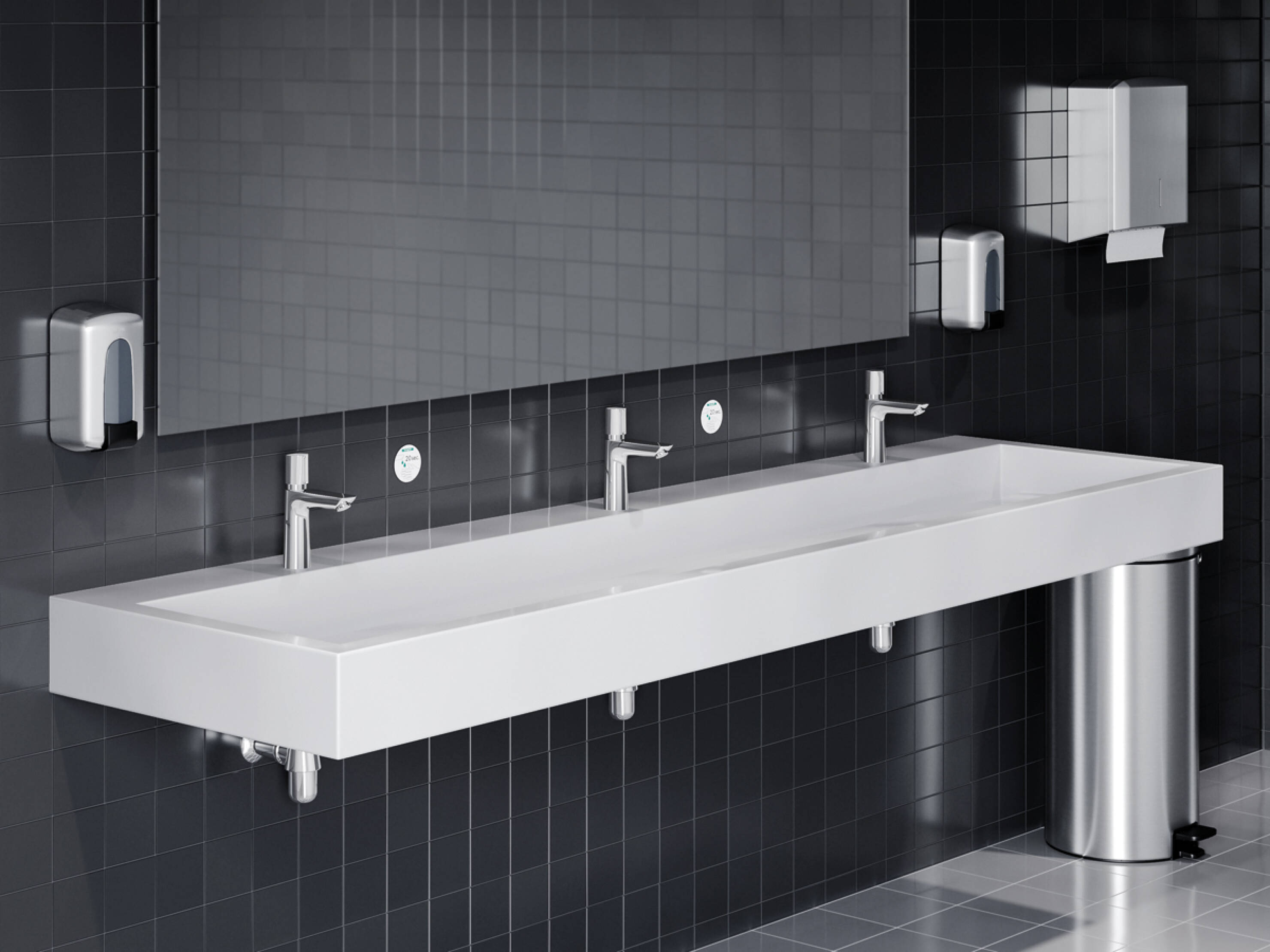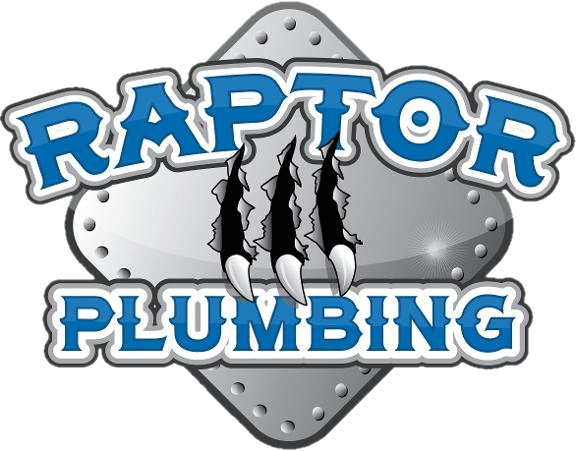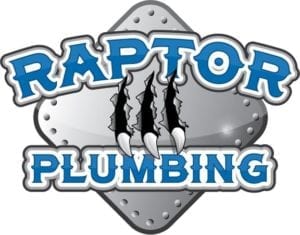Smart Leak Detection and Monitoring Systems
Modern leak detection systems use sensors and real-time monitoring to detect water leaks early, preventing costly damage. These systems can send instant alerts and even shut off water supplies automatically.
Water-Saving Fixtures and Systems

Low-flow toilets, faucets, and urinals significantly reduce water consumption. Greywater recycling and rainwater harvesting systems are also gaining traction in commercial settings to promote sustainability.
Automated Diagnostics and Predictive Maintenance
Connected plumbing systems now feature automated diagnostics that monitor system health and predict maintenance needs. This reduces downtime and extends equipment life.
Touchless and Sensor-Activated Fixtures
Hygiene and water efficiency are boosted by touchless faucets and sensor-operated fixtures, which have become standard in many commercial buildings, especially post-pandemic.
Advanced Pipe Materials and Installation Techniques
Innovative materials like PEX and HDPE pipes offer flexibility, durability, and resistance to corrosion. Trenchless pipe installation techniques minimize disruption and lower installation costs.
Sustainable Plumbing Solutions
Green building certifications now emphasize efficient plumbing. Innovations such as solar water heaters and eco-friendly waste management systems contribute to more sustainable infrastructure.
Integration with Building Management Systems (BMS)

Modern plumbing can now integrate seamlessly with BMS platforms, allowing facility managers to oversee water usage, detect issues, and optimize performance remotely.
Conclusion
Technological innovation is revolutionizing commercial plumbing. These advancements not only improve operational efficiency and reduce environmental impact but also create smarter, safer, and more responsive building infrastructure. Investing in these technologies ensures long-term benefits for businesses and the planet.

